When you are not ready, willing or able to do a complete renovation of your oak kitchen, the next best thing to do is transform it with pure style. Yes, it can look absolutely amazing!
If you can paint the walls, add a rug or two and accessorize until your heart explodes, your kitchen can go from 'Sad & Outdated' to 'Pinterest Stunner' in a weekend!
Level one:
Clear away all the clutter, banish accessories that are too beige or orange, and give yourself a clean slate.
Choose one or two accent colors and choose accessories in several shades of that color. In the example below, I went with a rich turquoise. Blues and greens are great shades to work with honey oak as they both neutralize the orange tones in the wood really well. At the most basic level, even just adding lots of eye-catching accessories will take the focus off of the oak.
Rugs are a great investment in an oak kitchen, especially if the flooring is dated or isn’t the style you are aiming for.
Level two:
If you can paint the walls, it creates a gorgeous backdrop that downplays the oak and pulls everything together. Please, please do this if you can! Have time and inclination to paint baseboards and trim, maybe even the table or other furniture? A creamy, neutral white will take things up a notch.
Major bang for your buck: changing out the door and drawer hardware for a dark oil-rubbed bronze pull in a smooth look that is big enough to make a statement. This is so easy to do and makes an incredible difference in the style of your kitchen.
Also within the ‘DIY category’ of changes: updating the lighting fixtures to something sleek and stylish, something without too much detail, is a huge style-maker as well.
Level three:
Ready for some minor renos that you can totally tackle yourself or have done in a few days by a pro?
Replacing the counter top with a deep charcoal or graphite colored laminate and adding a gorgeous hexagon marble backsplash will transform your kitchen completely. These items are a bit more of an investment, but not out of range if you are going to be making do with your oak kitchen for a few more years.
The 'wow factor' of these larger ticket items make them well worth it. They are absolute game changers for the feel of your kitchen as they take up so much visual real estate.
What not to do:
In general, I wouldn't waste your resources or precious renovation energy on replacing flooring or adding stone countertops to an oak kitchen.
Why not? Well, chances are when the time comes to replace or refinish the entire kitchen cabinetry, you are going to want to change those things at that time to either coordinate with the new cabinets or because styles have changed and they will need updating also.
You also don't like want to get 'out of your league' when it comes to return on investment with the kitchen cabinets as-is. If you sell your home before renovating any further, sinking big bucks into major items in an outdated kitchen is not always a wise investment.
Getting started:
I had a lot of fun putting together a look that you can actually shop!
This post may contain affiliate links. For more information please click on the 'policies' tab at the bottom of this page.
Looking for the summer 2021 update?
Need a bit more in-depth help updating your oak kitchen?
Looking to Pin for later?
Here you go!



















































































